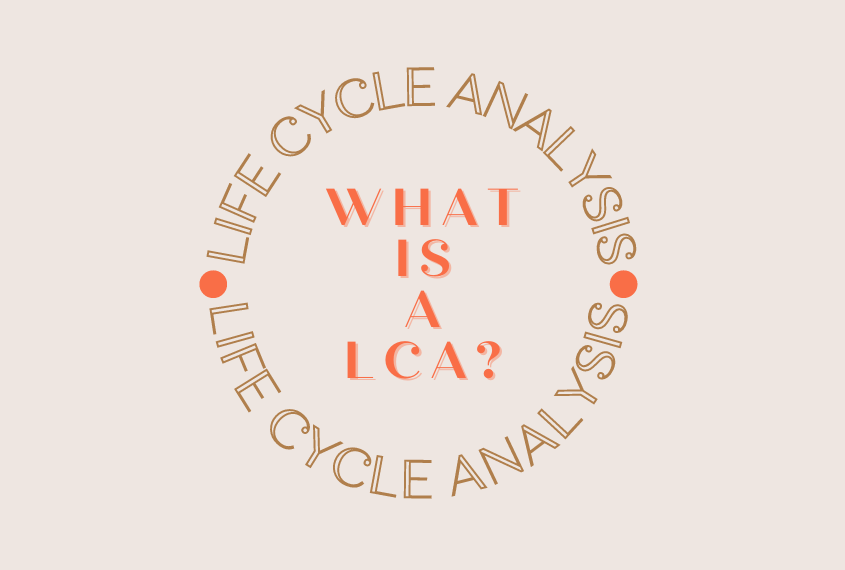What is A life cycle analysis?
By understanding information provided by an LCA, an organization can make better decisions regarding the environmental impacts that are associated with the commodity. In considering the entire life cycle of a product, the results produced by an LCA can be used to help decision-makers select products or processes that result in the least impact to the environment, therefore avoiding sub-optimization that could occur.
The ultimate goal of the LCA is to create data which, after interpretation, can be used to make informed decisions regarding a product and how it is made, distributed, used, and disposed of - hopefully to lessen the environmental impacts created by a commodity.
The four main parts of an LCA are the goal and scope definition, inventory analysis, impact assessment, and finally the interpretation of the data. As the life cycle of products can run very deep, the goal and scope phase places boundaries on the analysis and asks the question “what will we be assessing?”
The second step, inventory analysis, assesses the environmental inputs and outputs of the product or service - essentially data collection. Phase three, impact assessment, evaluates how significant these impacts are. Finally, after all the data is collected and evaluated, researchers can make their most educated interpretation regarding the life cycle of the product or service in the interpretation stage.
To perform life cycle analysis, Restore Media and Strategy uses Sustainable Minds and SimaPro.

